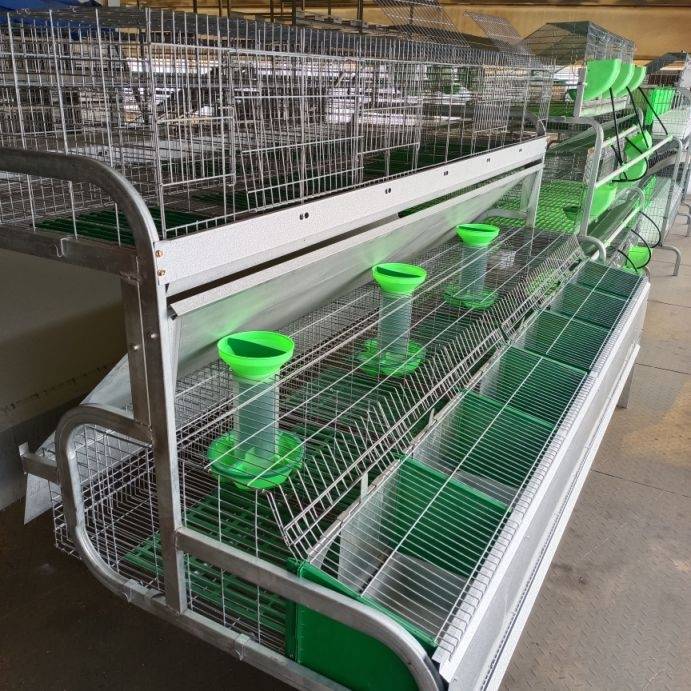animal feed processing machine
pro . 12, 2024 11:22 Back to list
animal feed processing machine
Understanding Animal Feed Processing Machines A Critical Component in Livestock Farming
In the evolving world of agriculture, animal feed processing has become a pivotal aspect of livestock farming. The efficiency and quality of feed directly impact animal health and production levels. In this context, animal feed processing machines play a vital role, streamlining the production of animal feed while ensuring nutritional standards are met.
The Importance of Quality Animal Feed
Animals, whether they're livestock, poultry, or aquaculture species, depend on high-quality feed for growth, reproduction, and overall health. The nutritional components in animal feed, including proteins, vitamins, and minerals, need to be perfectly balanced. This is where feed processing machines come into play, enabling farmers to manufacture custom blends that cater to the specific dietary needs of their animals.
Types of Animal Feed Processing Machines
Animal feed processing encompasses a variety of machines, each designed for specific tasks in the feed production process. Key machinery includes
1. Feed Hammer Mills These machines grind bulk feed ingredients into smaller particles, ensuring uniformity and better digestibility for animals. The hammer mill reduces feed size, making it easier for animals to consume and digest, which enhances their growth and productivity.
2. Feed Mixers These are crucial for blending various feed ingredients to achieve the desired nutritional profile. Modern mixers utilize advanced technology to ensure a homogenous mixture is produced, which helps in consistent feeding and minimizes waste.
3. Pellet Mills Pelletizing is an essential step that transforms powdered feed into pellets, making the feed more palatable and easier to handle. Pellet mills compress the mixed feed into small, dense pellets which can maximize feed conversion rates and improve nutrient absorption in animals.
4. Cooling and Drying Machines After pelleting, feed undergoes a cooling process to prevent spoilage and preserve its nutritional value. Effective cooling and drying machines are important to remove excess moisture and prepare the feed for storage.
animal feed processing machine

5. Packaging Equipment Finally, after feed production, packaging machines ensure that feed is properly sealed and labeled for distribution. Efficient packaging not only aids in inventory management but also ensures that the feed remains fresh until it reaches the end user.
Technological Innovations in Feed Processing
The animal feed industry has witnessed significant technological advancements in recent years. Automation and smart technology integration in feed processing machines enhance operational efficiency and reduce labor costs. For instance, automated feeding systems can adjust the feed's formulation based on real-time data analysis, ensuring that the nutritional needs of animals are consistently met.
Moreover, the incorporation of software solutions aids in managing the entire feed manufacturing process—from ingredient sourcing to production and distribution—allowing farmers to make informed decisions quickly and effectively.
Challenges in Feed Processing
Despite the advancements, the animal feed processing sector faces challenges such as fluctuating raw material prices, regulatory scrutiny regarding feed safety, and the need for sustainability. Feed processing machines must comply with stringent safety standards and regulations to ensure that the feed produced is safe for animal consumption.
Farmers also seek to mitigate the environmental impact of feed production. Innovations aimed at recycling feed by-products and reducing waste are becoming more common, fostering a more sustainable approach to livestock farming.
Conclusion
Animal feed processing machines are indispensable in modern agriculture, driving efficiency and quality in feed production. With continuous advancements in technology and increasing awareness of sustainability, these machines will play an even more critical role in shaping the future of livestock farming. As farmers strive to meet the growing demand for animal products, investing in robust feed processing solutions will become crucial for enhancing productivity, animal health, and ultimately, food security.
-
Automatic Feeding Line System - Anping Yize | Efficiency&Durability
NewsJul.29,2025
-
Automatic Feeding Line System - Anping Yize|Poultry Efficiency&Durability
NewsJul.29,2025
-
Automatic Feeding Line System-Anping County Yize Metal Products Co., Ltd.|Durable PP Material&Easy Maintenance
NewsJul.29,2025
-
Automatic Feeding Line System-Pan Feeder Nipple Drinker|Anping County Yize Metal Products Co., Ltd.
NewsJul.29,2025
-
Hot Sale 24 & 18 Door Rabbit Cages - Premium Breeding Solutions
NewsJul.25,2025
-
Automatic Feeding Line System Pan Feeder Nipple Drinker - Anping County Yize Metal Products Co., Ltd.
NewsJul.21,2025






